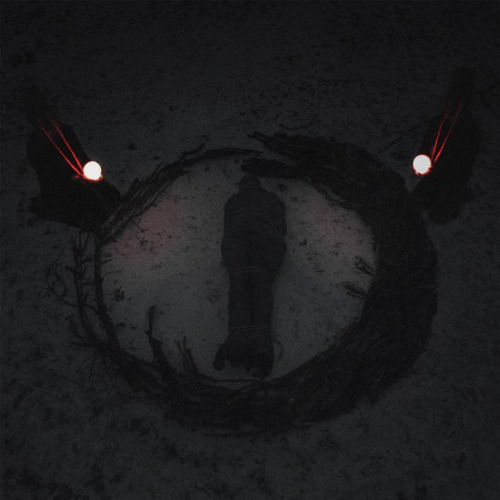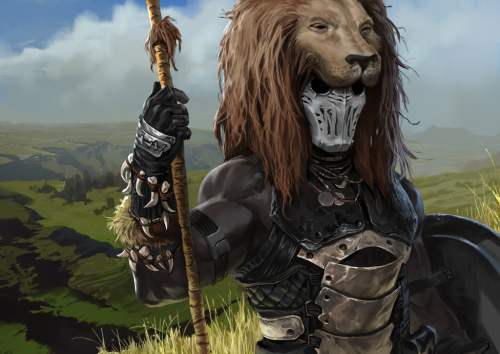Katherine Frances's Blog, page 290
November 3, 2015
socialpsychopathblr:
Photo by Levani
thepoeticunderground:
Ground Control.
October 29th 2015.
Death and Injury in Fiction
Should I kill this character? How do I kill off a character
well? Are major injuries in books problematic as well, or fair game? These are
questions I see all the time in writing communities online. Many people will
give you all kinds of crazy conditions under which it is alright to kill your characters. I’m not going to do that
because I find it unrealistic in real life application. There is no flow chart
that will lead you to a neat and tidy yes or no as to whether or not the death
of a character will be received well by most. So, I’m going to attempt to
examine broad situations in which you may need to kill off a character instead.
Death is the PlotIn my mind there
are two major categories of character death. Category one is what you would
usually encounter in realistic fiction, but could be applied to other genres as
well. This category involves when a character’s death is a central part to the
plot. In the most clear cut situations, this means that the book is about a character dyeing. John Green books
are one prime example. There would be no story without death. Generally, if you
kill someone completely at random (such as in a car accident) it needs to have
a lot of time spent on it. It needs to effect the main character in a
significant way, and it should most likely shape the plot.
Death is an Inevitable Consequence of DangerThe second category
is involving books that contain a lot of danger. Sounds rudimentary, but think
about it; are your characters in life threatening situations on a regular
basis? This is most likely going to happen in fantasy or sci-fi, though it’s
certainly possible to happen in realistic fiction as well (main character is a soldier,
ect.). This changes the dynamic of death a bit, because if you have a broad
cast of characters that are all exposed to high stakes situations for the
majority of a story, it might actually harm the validity of that danger if no
one dies/is seriously injured. How dangerous is this war really if by some miracle all 10 of the main and side characters
make it through alive?The key to death in
this case is balance. You’re task as the author is to maintain the visage of
true danger. You want the reader to feel as though anything could happen, no
one is safe. But, you want that idea to frighten
your reader. Terrify them with the possibility of death. You won’t get that
by killing of a character every chapter (R.R. Martin anyone?) His books are
actually a case, in my opinion, of over doing the death toll. You want the amount
of death (and serious injury) to be proportionate to the amount of danger, yes.
But you also don’t want to give the
reader the sensation that their favorite character is most likely going to die. You want them to have a healthy respect
for the possibility of a character dyeing,
but not resign to the inevitability of their death. This is because feeling
like a character is going to die inevitably
makes readers indifferent when it actually happens. It should still be a shock,
because death is shocking in real life, no matter how many times you experience
it.My advice would be
to look at your story and ask yourself some questions. How often are my characters
in mortal danger? Which situations are the
most dangerous? Pick a handful of those very dangerous situations and
sprinkle death among them. A barely known character here. A beloved side
character there. A total stranger that the main character just witnesses their
death over here (especially if you have war or a lot of fights with many
people). You might even consider ambiguous death, because in highly chaotic
situations, it’s hard to know exactly what happens. Have your characters wonder
if other characters made it out alive/where they might be now. You never have
to answer these questions if it doesn’t fit in your plot to do so, life doesn’t
give you all the answers either. The finial key to this strategy is to make
sure each death matters. If you’re
killing of a random stranger, have it be heart wrenching/terrifying/infuriating
for the MC. Make them fueled by it, stopped by it, triggered by it. Whatever
fits, make sure you spend some time on it. If you’re killing of an important
side character, double everything I just said. Your character is, for at least
a short time, utterly changed by this death in some way or another.
InjuryLastly, realize
that major injury should be treated exactly the same way. If it’s coming out of
nowhere, a random event of chance, then it needs to be significant to the
story. If your characters are constantly at battle, less so. However, be sure
that whatever injuries you include are dealt with fully. The consequences of
braking a leg or needing stitches are far reaching. Keep that in mind and make
sure you fully explain out the healing process, or your injuries will stop
feeling like a threat to the characters life and more of an insignificant
detail. If an injury has debilitating long term effects, like losing a limb or
something of the like, it can function as a replacement for death, and should
be treated with identical care. Your characters need to deal with this event,
not just gloss over it.
paperbum:
orion
"Creative exhaustion is first cousin to writer’s block. First off, I try to accept that when it hits,..."
- Sue Isle
(via to-write-my-book)
k-frances:
–Visceral Definitions by K-frances
–(x)
–(x)
"Anyone educated in the art of composition in the Western Hemisphere at any time in the last hundred..."
Got news for you: You don’t have to do it that way. Anything that gets words on the page is the Right Thing to Do.”
- Diana Gabaldon, on learning how to write. (via nanowrimo)
Death and Injury in Fiction

Should I kill this character? How do I kill off a character
well? Are major injuries in books problematic as well, or fair game? These are
questions I see all the time in writing communities online. Many people will
give you all kinds of crazy conditions under which it is alright to kill your characters. I’m not going to do that
because I find it unrealistic in real life application. There is no flow chart
that will lead you to a neat and tidy yes or no as to whether or not the death
of a character will be received well by most. So, I’m going to attempt to
examine broad situations in which you may need to kill off a character instead.
In my mind there
are two major categories of character death. Category one is what you would
usually encounter in realistic fiction, but could be applied to other genres as
well. This category involves when a character’s death is a central part to the
plot. In the most clear cut situations, this means that the book is about a character dyeing. John Green books
are one prime example. There would be no story without death. Generally, if you
kill someone completely at random (such as in a car accident) it needs to have
a lot of time spent on it. It needs to effect the main character in a
significant way, and it should most likely shape the plot.
The second category
is involving books that contain a lot of danger. Sounds rudimentary, but think
about it; are your characters in life threatening situations on a regular
basis? This is most likely going to happen in fantasy or sci-fi, though it’s
certainly possible to happen in realistic fiction as well (main character is a soldier,
ect.). This changes the dynamic of death a bit, because if you have a broad
cast of characters that are all exposed to high stakes situations for the
majority of a story, it might actually harm the validity of that danger if no
one dies/is seriously injured. How dangerous is this war really if by some miracle all 10 of the main and side characters
make it through alive?
The key to death in
this case is balance. You’re task as the author is to maintain the visage of
true danger. You want the reader to feel as though anything could happen, no
one is safe. But, you want that idea to frighten
your reader. Terrify them with the possibility of death. You won’t get that
by killing of a character every chapter (R.R. Martin anyone?) His books are
actually a case, in my opinion, of over doing the death toll. You want the amount
of death (and serious injury) to be proportionate to the amount of danger, yes.
But you also don’t want to give the
reader the sensation that their favorite character is most likely going to die. You want them to have a healthy respect
for the possibility of a character dyeing,
but not resign to the inevitability of their death. This is because feeling
like a character is going to die inevitably
makes readers indifferent when it actually happens. It should still be a shock,
because death is shocking in real life, no matter how many times you experience
it.
My advice would be
to look at your story and ask yourself some questions. How often are my characters
in mortal danger? Which situations are the
most dangerous? Pick a handful of those very dangerous situations and
sprinkle death among them. A barely known character here. A beloved side
character there. A total stranger that the main character just witnesses their
death over here (especially if you have war or a lot of fights with many
people). You might even consider ambiguous death, because in highly chaotic
situations, it’s hard to know exactly what happens. Have your characters wonder
if other characters made it out alive/where they might be now. You never have
to answer these questions if it doesn’t fit in your plot to do so, life doesn’t
give you all the answers either. The finial key to this strategy is to make
sure each death matters. If you’re
killing of a random stranger, have it be heart wrenching/terrifying/infuriating
for the MC. Make them fueled by it, stopped by it, triggered by it. Whatever
fits, make sure you spend some time on it. If you’re killing of an important
side character, double everything I just said. Your character is, for at least
a short time, utterly changed by this death in some way or another.
Lastly, realize
that major injury should be treated exactly the same way. If it’s coming out of
nowhere, a random event of chance, then it needs to be significant to the
story. If your characters are constantly at battle, less so. However, be sure
that whatever injuries you include are dealt with fully. The consequences of
braking a leg or needing stitches are far reaching. Keep that in mind and make
sure you fully explain out the healing process, or your injuries will stop
feeling like a threat to the characters life and more of an insignificant
detail. If an injury has debilitating long term effects, like losing a limb or
something of the like, it can function as a replacement for death, and should
be treated with identical care. Your characters need to deal with this event,
not just gloss over it.















